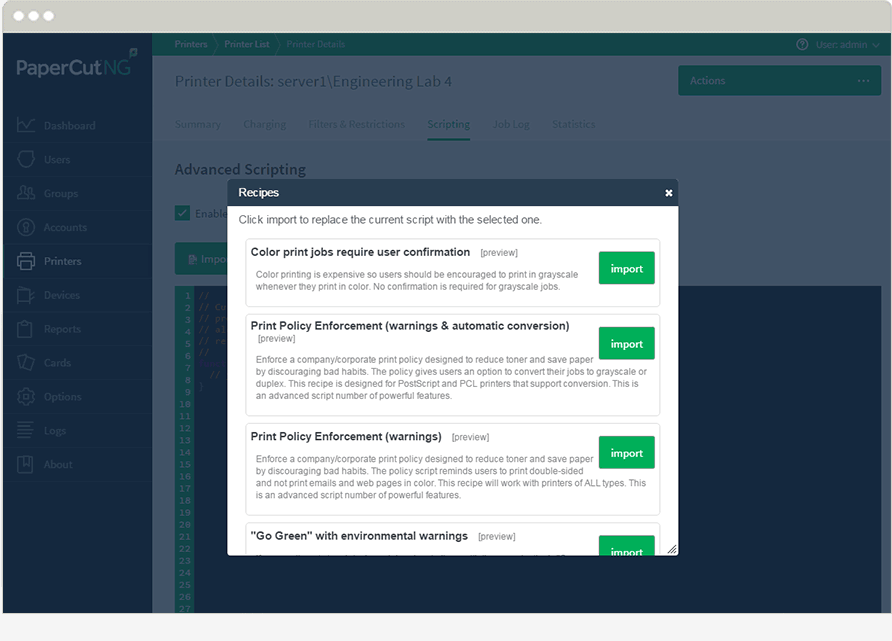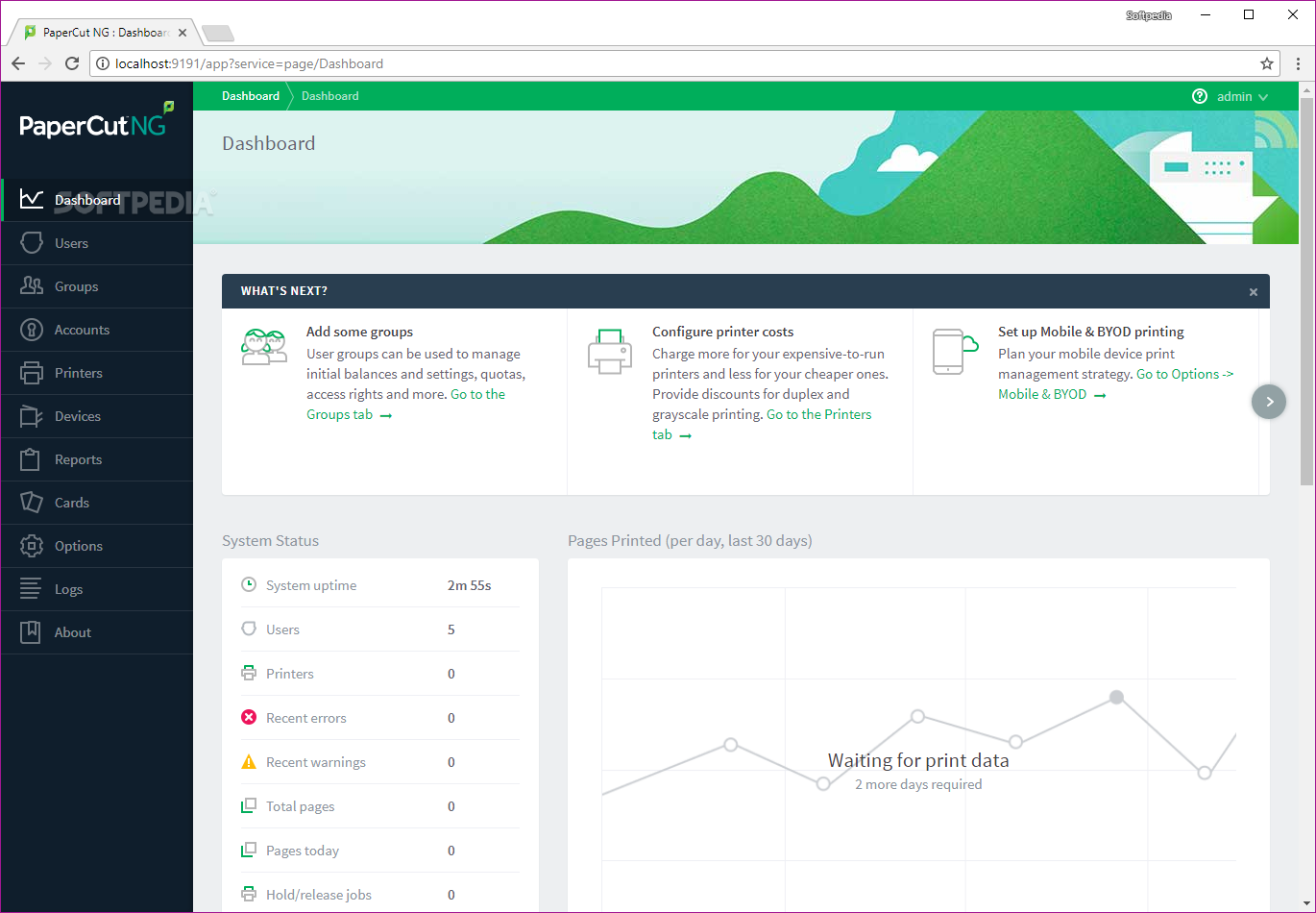

- #PAPERCUT NG REINSTALL INSTALL#
- #PAPERCUT NG REINSTALL DRIVER#
- #PAPERCUT NG REINSTALL UPGRADE#
- #PAPERCUT NG REINSTALL WINDOWS 8.1#
- #PAPERCUT NG REINSTALL WINDOWS#
#PAPERCUT NG REINSTALL WINDOWS#
Windows 2008 R2 installations might require hotfix KB2906850 to be installed. Perform these steps for each of the monitored printers drivers.
#PAPERCUT NG REINSTALL DRIVER#
Right-click a printer driver then select Set Driver Isolation > None. Using the Server Manager, navigate to the Print Management Console: Server Manager > Roles > Print and Document Services > Print Management > Print Servers > PrintServerName > Drivers. To work around this, configure the Printer Driver Isolation so that jobs are removed from the queue when completed These jobs stay in the queue with a status of ‘Sent to Printer’. Windows Server 2008 R2 installations can experience an issue where print jobs are not removed from the print queue when completed. This applies only to printers added after the global permissions are changed, not for pre-existing printers. Globally set the security permissions by right-clicking the Print Server(s) > Properties > Security and editing the permissions there. When using Windows 2008 Server, on the Server Manager navigate to the Print Management Console. Perform these steps for each of the monitored printers.

In the Permissions area, clear the Manage Documents check box. Right-click a printer then select Printer properties. Open the printer configuration screen: Start > Printers. Log on as an Administrator to the server hosting the printers. To restrict security permissions for a queue: On these systems you should secure printing using PaperCut TCP/IP ports.
#PAPERCUT NG REINSTALL WINDOWS 8.1#
However, it might interfere with printing on Windows 8.1 and Windows 2012R2. This method works for most versions of Windows. Restricting Windows print queue security permissions To check which port is being used, have a look at the Printer Properties > Ports tab. For more information about configuring the PaperCut TCP/IP port, see Windows printer queue configuration. The PaperCut TCP/IP port is required if you are using hardware page count validation. Restrict the print queue security permissions to prevent users from performing management functions. If you are using hardware page count validation, you need to use the PaperCut TCP/IP port. There are two ways a Windows print queue can be secured:Ĭonfigure the queue using the standard TCP/IP port. It is important, especially in charging environments, that the queue is secured to prevent users from resuming jobs themselves and bypassing PaperCut NG/MF. When using Release Stations or account selection popups, PaperCut NG/MF pauses jobs on the Windows print queue to hold jobs prior to printing. Network printer configuration Step 2: Print queue configuration For more details see Running in a Workgroup environment.

In workgroup environments (that is, where no domain is present), some additional configuration is required. Printers are configured correctly and work before installing PaperCut NG/MF. PaperCut NG/MF needs to be installed on the system directly hosting the printer(s), that is, the print server. The operating system version is supported and patches are up to date (see PaperCut MF System Requirements). Step 1: System requirements and network setupīefore installing PaperCut NG/MF for either evaluation or production use, verify the system requirements:
#PAPERCUT NG REINSTALL UPGRADE#
If you're upgrading from a previous PaperCut NG/MF version, refer to the directions outlined in Upgrade from a previous version. The process is similar for other Windows operating systems. If you really do need multiple instances of PaperCut running (perhaps because you are running PaperCut in different countries) then we do have a reporting feature that allows you to bring data back to single PaperCut server for consolidation.This guide assumes that you are using Windows Server 2008.
#PAPERCUT NG REINSTALL INSTALL#
Often customers also install to an external database so that it becomes part of their standard DB setup. This is done on the central application server. SQL Server, MySQL, Oracle.) for performance reasons. If you have a lot of users or a lot of print jobs then it may be a good idea to install an external DB (e.g. Note that print jobs stay on the print server and are NOT transmitted to the central application server, only job details are sent. This is responsible for managing the print queue and performing the job analysis (e.g.

Then install the PaperCut print provider (aka as the secondary server) on each print server in your network. This machine will handle the accounting, business rules and reporting. Install the PaperCut Application on a central system. If you have more than two print servers, you will need to create an independent SQL DB for the multiple Papercut NG servers to feed their metrics to so you have a single point of reporting.


 0 kommentar(er)
0 kommentar(er)
